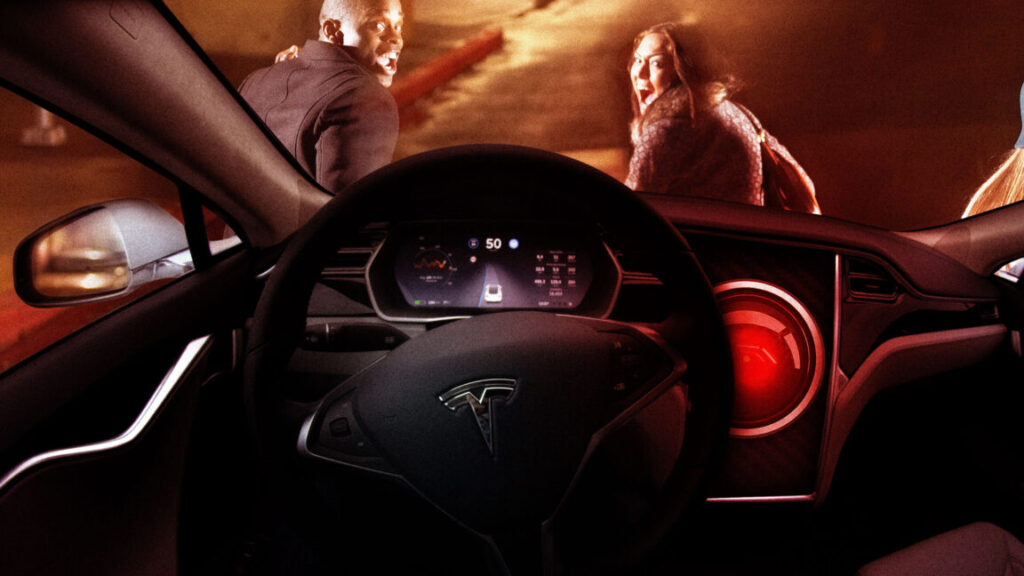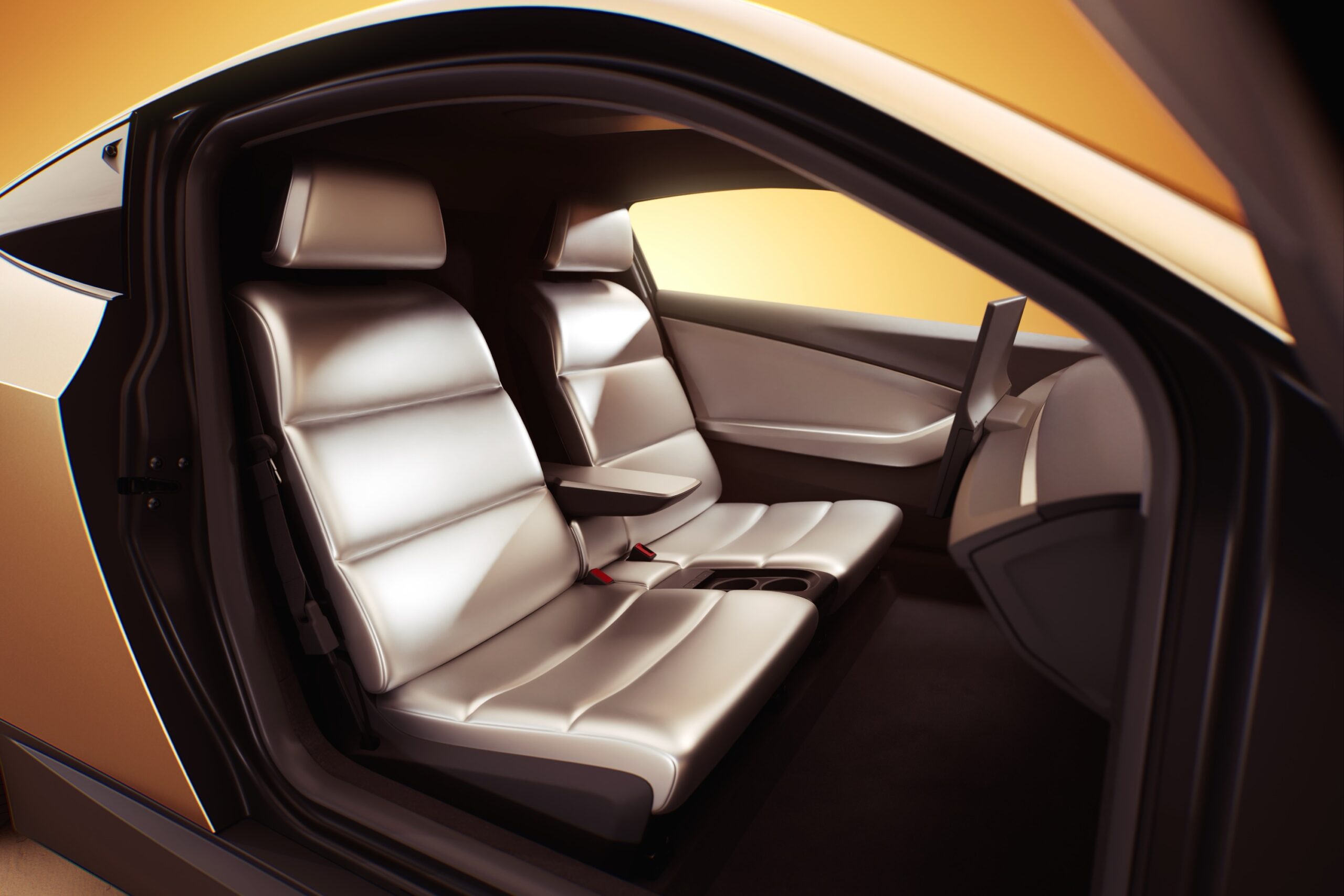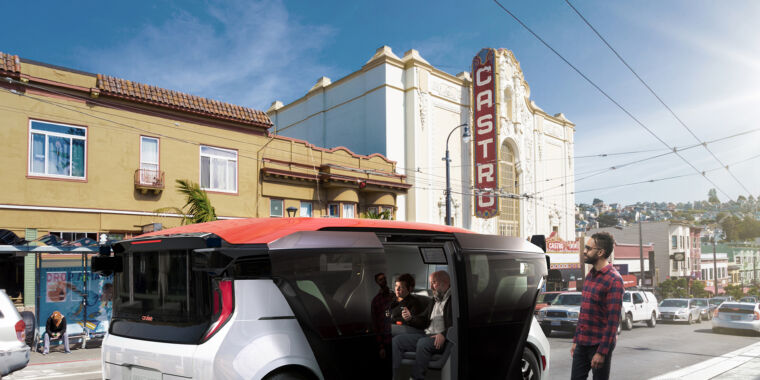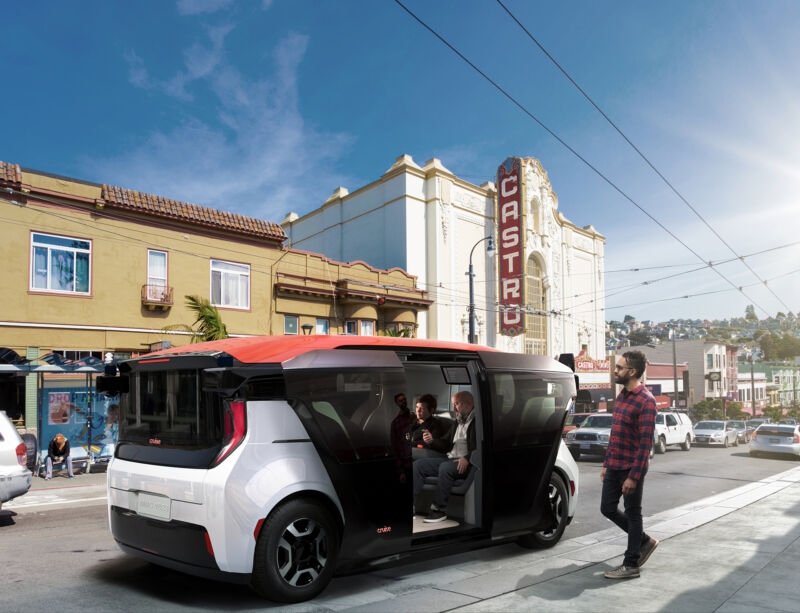Tesla turns to Texas to test its autonomous “Cybercab”
If you live or drive in Austin, Texas, you might start seeing some new-looking Teslas on your roads later this summer. Tesla says it wants to start offering rides for money in the two-seater “Cybercab” that the company revealed last year at a Hollywood backlot. California might be the place with enough glitz to unleash that particular stock-bumping news to the world, but the Golden State is evidently far too restrictive for a company like Tesla to truck with. Instead, the easygoing authorities in Texas provide a far more attractive environment when it comes to putting driverless rubber on the road.
During the early days of its autonomous vehicle (AV) ambitions, Tesla did its testing in California, like most of the rest of the industry. California was early to lay down laws and regulations for the nascent AV industry, a move that some criticized as premature and unnecessarily restrictive. Among the requirements has been the need to report test mileage and disengagements, reports that revealed that Tesla’s testing has in fact been extremely limited within that state’s borders since 2016.
Other states, mostly ones blessed with good weather, have become a refuge for AV testing away from California’s strictures, especially car-centric cities like Phoenix, Arizona, and Austin, Texas. Texas amended its transportation code in 2017 to allow autonomous vehicles to operate on its roads, and it took away any ability for local governments to restrict testing or deployment. By contrast, companies like Waymo and the now-shuttered Cruise were given much more narrow permission to deploy only in limited parts of California.
Texan highways started seeing autonomous semi trucks by 2021, the same year the Texas House passed legislation that filled in some missing gaps. But Tesla won’t be the first to start trying to offer robotaxis in Austin—Waymo has been doing that since late 2023. Even Volkswagen has been driving driverless Buzzes around Austin in conjuction with MobilEye; ironically, Tesla was a MobilEye customer until it was fired by the supplier back in 2016 for taking too lax an approach to safety with its vision-based advanced driver assistance system.
Tesla turns to Texas to test its autonomous “Cybercab” Read More »




